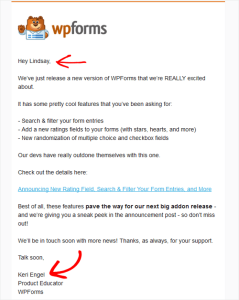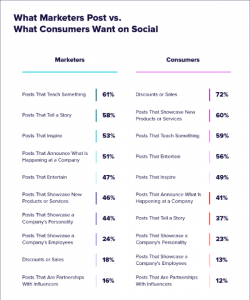 Customization is key. Never before have those three words applied more to the job market. Today, recruiters and hiring managers aren’t looking for resumes with generic experience; they’re looking for job seekers with resumes that directly relate to the role being filled.
Customization is key. Never before have those three words applied more to the job market. Today, recruiters and hiring managers aren’t looking for resumes with generic experience; they’re looking for job seekers with resumes that directly relate to the role being filled.
In fact, 87 percent of the 411 HR professionals surveyed by SHRM in March 2014 described having a resume “tailored to the job” as either important or very important in their decision-making process.
OK, so you need to tailor your resume. But how?
Here are three ways to successfully customize your resume that will help you land the job of your dreams:
1. Keywords
While this suggestion is probably the most obvious, it’s also the most important. In order to make the biggest impact on the reader, your resume needs to read like you’re answering the job description directly.
Consider each bullet point in the job description as an opportunity to customize your resume. Think about the main word in each “duty” listed and how you can incorporate that keyword into your resume. Use the organization’s word choice as the foundation for your writing to decrease the likelihood your resume will be screened out by a human or automated resume reviewer.
For example, if the job duties include a phrase like “develop programs designed to create and maintain a favorable public image for the employer or client,” your resume should include words like “favorable public image.” Remember, you’re trying to land an interview, so you need to show the resume reviewer you have the skills to make an impact.
2. Statistics
Another great way to catch a hiring manager’s eye is by incorporating statistics into your resume. Statistics make it easier for a hiring manager to understand the impact of your accomplishments and visualize how you can make a similar impact at their organization.
Hiring managers see bullet points like “increased sales” or “decreased time-to-hire,” and immediately think, Was the increase substantial?
Instead of leaving hiring managers wondering, show them just how effective you were by proactively incorporating those statistics into your resume. Use phrases like “increased sales 10% year-over-year” or “decreased time-to-hire by 25% in 8 months” to make an impression that will last.
The real key to this strategy is to customize your statistics to make them count. Just like with the keywords you choose, make sure the statistics you choose are things the organization is seeking.
If the position’s main requirement is to manage and grow a sales list or recruit and develop a pool of potential candidates, focus on using statistics that show your ability to do those things. Use statistics that highlight how you “generated 10-12 original sales leads per week” or “added 3-5 pre-screened, well-qualified candidates to the company’s talent pool per day.”
These kinds of statistics, customized to match each organization’s needs, show hiring managers what you can do rather than just telling them.
3. Tone
You’ve done your research and crafted your resume to include as many keywords and relevant statistics as possible. What now?
Now it’s time to think about tone.
When you researched the company, what tone did their materials take? Did the organization seem more laid back and creative or buttoned-up and traditional? Did the job description seem like a template, or was it eye-catching and attention grabbing?
Answers to these questions can help you determine what tone you should take in both your resume and cover letter. Nowadays, some organizations are putting more emphasis on culture fit over skills, so taking some time to understand the company culture and how you fit in is a must before sending in your resume.
When you’re customizing your resume, think about the organization’s needs and what they might be focusing on while making their decision. Then, use that information to match the tone of your resume with that of the job description.
If the job posting is traditional and focused on deliverables (like many “duties-driven” postings tend to be), put the important statistics and relevant job duties near the top of your resume and write bullets that address those particular skills. If the job posting is more eye-catching and creative, get creative with your resume layout and don’t be as rigid with your writing.
What other strategies do you use to customize your resume?
Business & Finance Articles on Business 2 Community(105)







